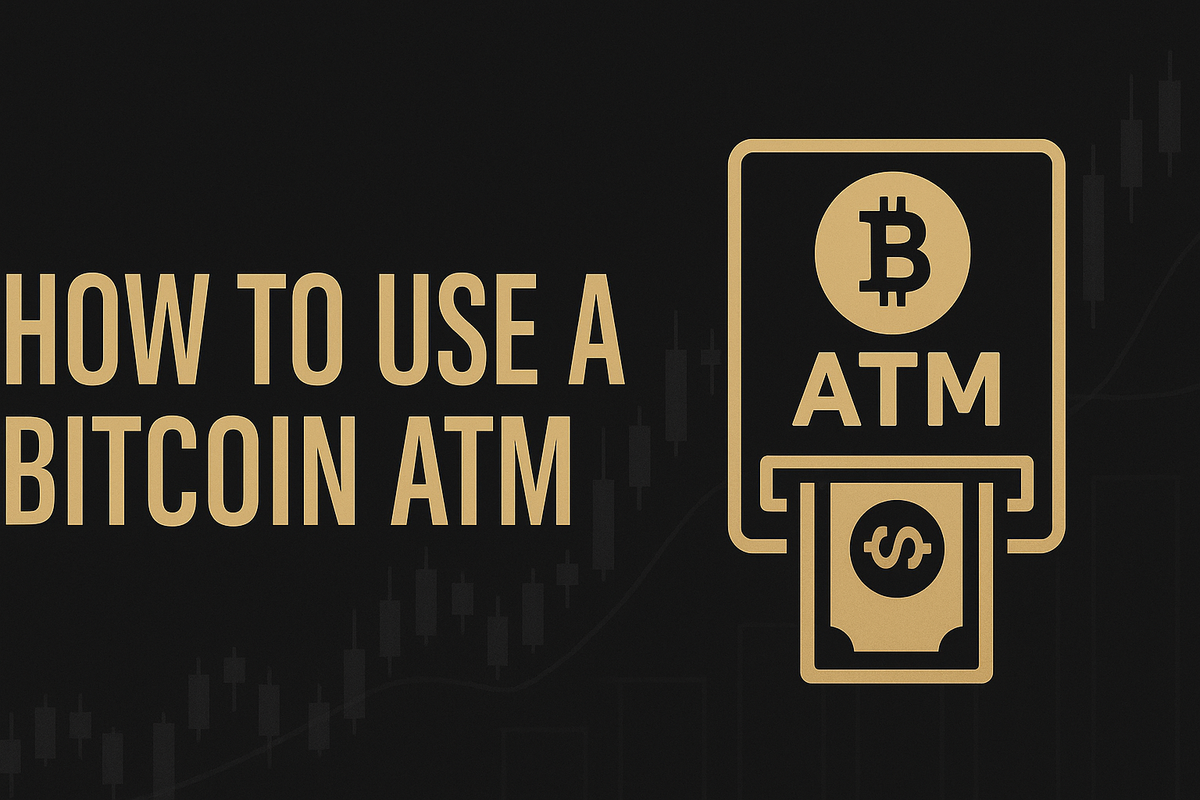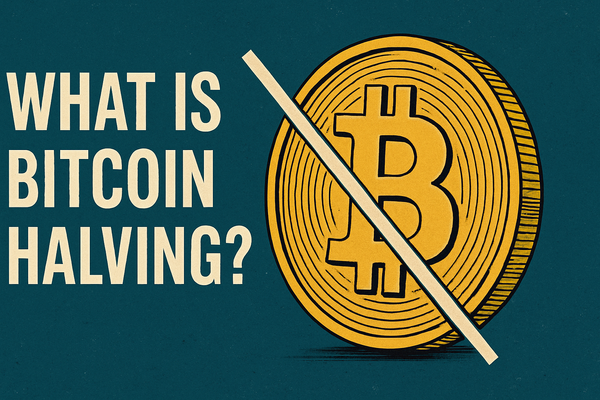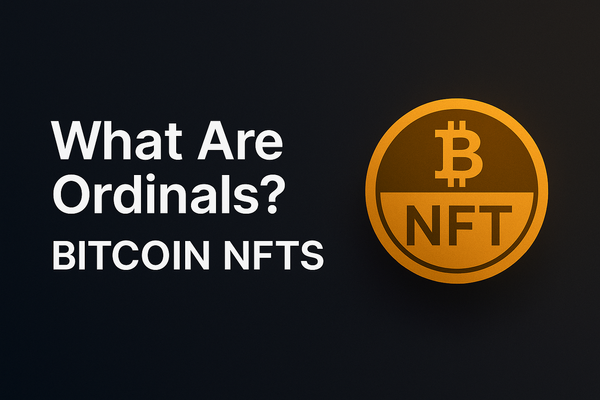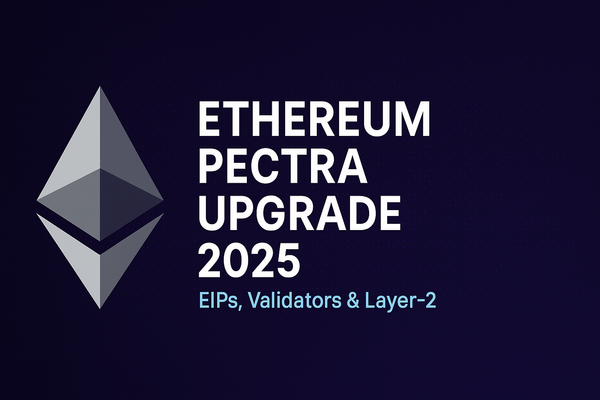How to Use a Bitcoin ATM: Step-by-Step Beginner's Guide
A complete beginner’s guide to using Bitcoin ATMs for buying, selling, and staying safe.

Bitcoin ATMs are rapidly becoming a popular gateway for people entering the world of cryptocurrency. These machines offer a convenient way to buy — and sometimes sell — Bitcoin using cash or a debit card. Unlike traditional ATMs tied to bank accounts, Bitcoin ATMs connect users directly to the blockchain.
In this guide, you'll learn everything you need to know about using a Bitcoin ATM: how they work, how to prepare for a transaction, and what to expect during the buying or selling process. Whether you're new to Bitcoin or simply curious about trying a Bitcoin ATM for the first time, this step-by-step walkthrough will ensure you’re ready to complete a safe and successful transaction.
What Is a Bitcoin ATM?
A Bitcoin ATM is a physical kiosk that allows users to buy or sell Bitcoin using cash or a debit card. Unlike a traditional bank ATM, it does not connect to a bank account. Instead, it connects directly to a cryptocurrency exchange or wallet service to facilitate transactions.
There are two main types of Bitcoin ATMs: buy-only and two-way (buy and sell). Buy-only machines let you purchase Bitcoin and send it to your digital wallet. Two-way machines allow you to both purchase Bitcoin and sell it in exchange for cash.
Bitcoin ATMs are designed to make crypto accessible to everyday users, even those without extensive technical knowledge.
They often require simple steps like scanning a QR code, inserting cash, and confirming a transaction. As Bitcoin adoption grows worldwide, these ATMs are becoming increasingly common in retail stores, shopping malls, and gas stations.
Preparing to Use a Bitcoin ATM
Before heading to a Bitcoin ATM, it’s important to be prepared. First, you’ll need a digital wallet to receive your Bitcoin. This could be a mobile wallet app, a hardware wallet, or an exchange wallet, but it must be able to display a QR code for receiving payments.
You should also have your mobile phone with you. Many Bitcoin ATMs require phone number verification as part of their compliance with local regulations. Be ready to receive a text message code during the transaction.
In some cases, especially for larger transactions, you might be asked to provide a government-issued ID. This helps ATM operators meet Know Your Customer (KYC) requirements. To save time, check the machine’s verification policy before your visit. Having everything ready ensures your transaction goes quickly and smoothly.
Locating a Bitcoin ATM
Finding a Bitcoin ATM is easier than ever. Websites and apps like Coin ATM Radar allow you to search for machines near your location. These platforms provide details such as the machine's address, operating hours, supported cryptocurrencies, and whether it offers buying, selling, or both.
Before you go, it's a good idea to check the ATM's fees and transaction limits, as these can vary widely by operator. Some Bitcoin ATMs charge higher fees compared to online exchanges, so knowing the costs upfront can help you make an informed decision.
Also, verify the machine’s operational status. Some platforms show if a machine is temporarily offline or out of cash, saving you a wasted trip.
Step-by-Step Guide: Buying Bitcoin
Buying Bitcoin at a Bitcoin ATM is a simple process if you follow a few basic steps:
1. Start the Transaction:
Approach the machine and select the option to buy Bitcoin. Some machines may ask you to select the amount range first.
2. Verify Your Identity:
Depending on the machine, you may need to enter your mobile number and verify it with a code sent by SMS. Some machines also require scanning an ID for larger transactions.
3. Enter Wallet Information:
You'll be asked to provide your Bitcoin wallet address. This is typically done by scanning a QR code from your mobile wallet. Make sure the wallet is under your control to avoid losing your funds.
4. Insert Cash:
Once the wallet is confirmed, insert the amount of cash you wish to convert into Bitcoin. The screen will display the equivalent Bitcoin amount after applying fees and exchange rates.
5. Confirm and Complete:
Review the transaction details carefully. Confirm the transaction, and the machine will send Bitcoin to your wallet address.
In most cases, you’ll receive a receipt with transaction details and a confirmation number. Bitcoin should appear in your wallet within a few minutes, depending on blockchain network traffic.
Using a Bitcoin ATM is often faster than online purchases, making it a convenient choice for quick transactions.
Step-by-Step Guide: Selling Bitcoin
Selling Bitcoin at an ATM is slightly different from buying but still straightforward:
1. Select the Sell Option:
At the Bitcoin ATM, choose "Sell Bitcoin" or a similar option from the menu. Some machines only allow buying, so make sure you're at a two-way machine.
2. Enter the Amount:
Specify how much Bitcoin you want to sell. The machine will show you the cash payout amount, factoring in fees and the current exchange rate.
3. Send Bitcoin to the Address:
The ATM will display a QR code representing the machine’s wallet address. Use your digital wallet to scan the code and send the specified amount of Bitcoin.
Double-check the wallet address before sending, as blockchain transactions are irreversible.
4. Wait for Confirmation:
Some machines may dispense cash instantly, but most require a few blockchain confirmations before releasing the money. This process can take a few minutes depending on network congestion.
5. Withdraw Cash:
Once the transaction is confirmed, the ATM will dispense the agreed-upon cash amount. Make sure to collect your receipt and verify that you received the correct amount.
Selling Bitcoin through an ATM offers a fast way to liquidate crypto holdings, although fees are typically higher than using online exchanges.
Fees and Limits
Bitcoin ATMs typically charge higher fees than online exchanges. Fees usually range between 7% and 20% of the transaction amount, depending on the machine and operator. Some machines display the fee upfront, while others bake it into the exchange rate, so it’s important to check carefully before proceeding.
In addition to fees, many Bitcoin ATMs impose transaction limits. These can range from a few hundred dollars to several thousand per day. Higher transaction amounts often require stricter identity verification, such as scanning a government-issued ID.
Always review both the fees and limits beforehand to avoid surprises during your transaction. Being aware of these costs ensures you can budget appropriately and make an informed decision.
Safety Tips and Common Scams
Using a Bitcoin ATM is generally safe, but it’s important to stay alert. Always double-check the wallet address before sending Bitcoin, as scammers sometimes tamper with public machines. If the wallet address isn’t yours, cancel the transaction immediately.
Never send Bitcoin to someone claiming to be from the government, tech support, or a financial institution. Bitcoin transactions are irreversible, and scammers prey on urgency and fear.
Use machines in well-lit, secure locations whenever possible. Avoid sharing your private wallet information or security codes with anyone. Staying cautious ensures that your Bitcoin ATM experience remains safe and hassle-free.
Pros and Cons of Using Bitcoin ATMs
Pros:
Bitcoin ATMs offer unmatched convenience, allowing you to quickly buy or sell Bitcoin with cash. They are user-friendly, making them ideal for beginners who want to avoid the complexities of online exchanges. Many machines also operate 24/7, providing flexibility for users at any time.
Cons:
The biggest drawback is the high transaction fees compared to online platforms. Bitcoin ATMs may also require personal identification, reducing privacy for those seeking anonymity. Additionally, not every ATM supports selling Bitcoin, and some may have limited cash reserves, causing occasional inconveniences.
Understanding the pros and cons can help you decide whether using a Bitcoin ATM fits your needs.
Bitcoin ATM FAQ
You need a digital wallet, a mobile phone for verification, and possibly a valid ID depending on the transaction size.
No, most Bitcoin ATMs require phone verification or ID scanning to comply with local regulations.
Bitcoin usually arrives in your wallet within 10–15 minutes, depending on blockchain network congestion.
No, only two-way Bitcoin ATMs support selling. Always check machine capabilities before visiting.
Fees typically range from 7% to 20%, depending on the operator and location.
Conclusion
Bitcoin ATMs offer a simple, accessible way to buy or sell Bitcoin without needing a traditional bank account. While they come with higher fees, the convenience and speed they provide make them a popular option for many users.
By understanding how Bitcoin ATMs work and preparing ahead of time, you can complete your transaction smoothly and securely. Always stay aware of fees, limits, and safety practices to ensure the best possible experience.





